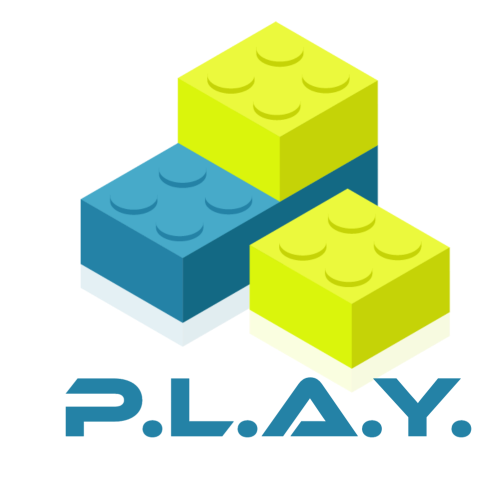Using Family and Student Voice to Inform Equitable PBIS Implementation
Learning Activity
Involving students’ families in all three tiers of a PBIS implementation enhances the implementation as well as various aspects of the school and student outcomes. One element that such involvement positively influences is equity.
Problem-solving for equity involves four steps:
- Problem Identification
- Problem Analysis
- Intervention Design
- Evaluation.
When working towards an equitable implementation, stakeholders (i.e., staff, students, and families) produce ideas to provide culturally responsive tier supports during data-driven conversations. This stakeholder participation occurs during the Problem Analysis step during which potential answers for the question of ‘Why is this problem occurring?’ and ideas for how the problem can be solved are explored.
For this activity, watch the video linked in the Resources section.
Resources
Using Family & Student Voice to Inform Equitable PBIS Implementation
More Family, Community, Equity and Mental Health Activities
Quickly deploy Family, Community, Equity and Mental Health lessons to your entire district.
Top districts trust Alludo to train teachers and staff





